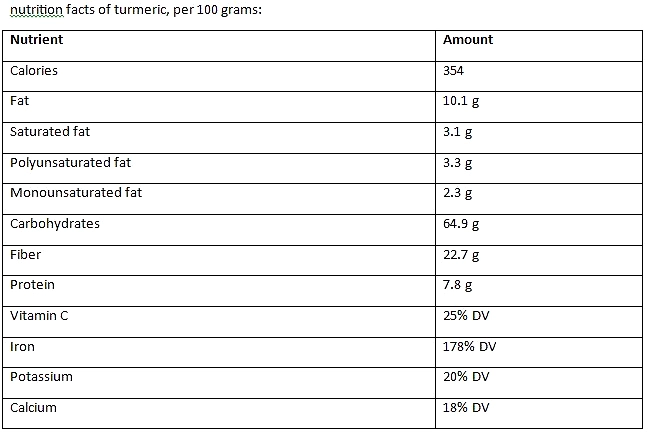Turmeric, scientifically known as Curcuma longa, is an aromatic spice derived from the root of the turmeric plant, belonging to the ginger family. Celebrated for its vibrant yellow hue, turmeric has been a staple in Indian cuisine and Ayurvedic medicine for over 5,000 years. It boasts a variety of health benefits primarily attributed to its active compound, curcumin, which is renowned for its potent anti-inflammatory and antioxidant properties. Turmeric fingers can be found in both whole and ground forms, making them versatile for culinary and therapeutic uses. As a natural remedy, turmeric is utilized for alleviating digestive complications, skin ailments, and respiratory disorders, and has been suggested to possess anti-cancer properties, brain health benefits, heart health support, and improved blood sugar control. Additionally, its antimicrobial attributes enhance its applicative potential in addressing infections and promoting overall wellness.
Key Features
| Features | Description |
|---|---|
| Botanical Name | Curcuma longa |
| Plant Family | Zingiberaceae (Ginger Family) |
| Active Compound | Curcumin |
| Historical Use | Over 5,000 years in traditional medicine |
| Health Benefits | Anti-inflammatory, antioxidant, potential anti-cancer effects |
| Culinary Use | Commonly used in Indian cuisine for flavor and color |
| Forms Available | Whole turmeric fingers, ground turmeric powder |
| Antimicrobial Properties | May combat bacteria and viruses |
| Digestive Aid | Helps reduce bloating and gas |
| Attributes | Description |
|---|---|
| Product Type | Natural spice |
| Origin | South Asia |
| Appearance | Bright yellow-orange root |
| Taste Profile | Earthy and slightly bitter |
| Shelf Life | 2-3 years when stored properly |
| Storage Conditions | Cool, dry place away from sunlight |
| Uses | Culinary, medicinal, dye |
*Disclaimer: The above description has been AI-generated and has not been audited or verified for accuracy. It is recommended to verify product details independently before making any purchasing decisions.
Brand: Satyaa
Country Of Origin: India


Facts and health benefits
1. Turmeric is a spice commonly used in Indian cuisine and traditional medicine.
2. It comes from the root of the Curcuma longa plant, which is part of the ginger family.
3. Turmeric fingers are the raw, unprocessed form of turmeric that are typically sold whole or ground into a powder.
4. Turmeric contains an active compound called curcumin, which has anti-inflammatory and antioxidant properties.
5. Curcumin has been shown to help reduce inflammation in the body, which may help alleviate conditions such as arthritis, asthma, and inflammatory bowel disease.
6. Turmeric has been used in traditional medicine for thousands of years to treat a variety of ailments, including digestive issues, skin problems, and respiratory conditions.
7. Studies have suggested that turmeric may have potential anti-cancer effects, although more research is needed in this area.
8. Turmeric may help improve brain function and reduce the risk of certain brain disorders, such as Alzheimer's disease and depression.
9. Curcumin has been shown to have potential benefits for heart health, including reducing inflammation and improving blood lipid levels.
10. Turmeric may help improve insulin sensitivity and blood sugar control in people with type 2 diabetes.
11. Curcumin has been shown to have potential benefits for skin health, including reducing inflammation and helping to treat conditions such as psoriasis and eczema.
12. Turmeric has been shown to have antimicrobial properties and may help fight certain types of bacteria and viruses.
13. Turmeric may help reduce oxidative stress in the body, which can contribute to aging and the development of chronic diseases.
14. Turmeric may help improve digestion and reduce symptoms of bloating and gas.
15. Turmeric has been used as a natural dye for centuries, and is commonly used to color foods such as rice, curry, and mustard.



